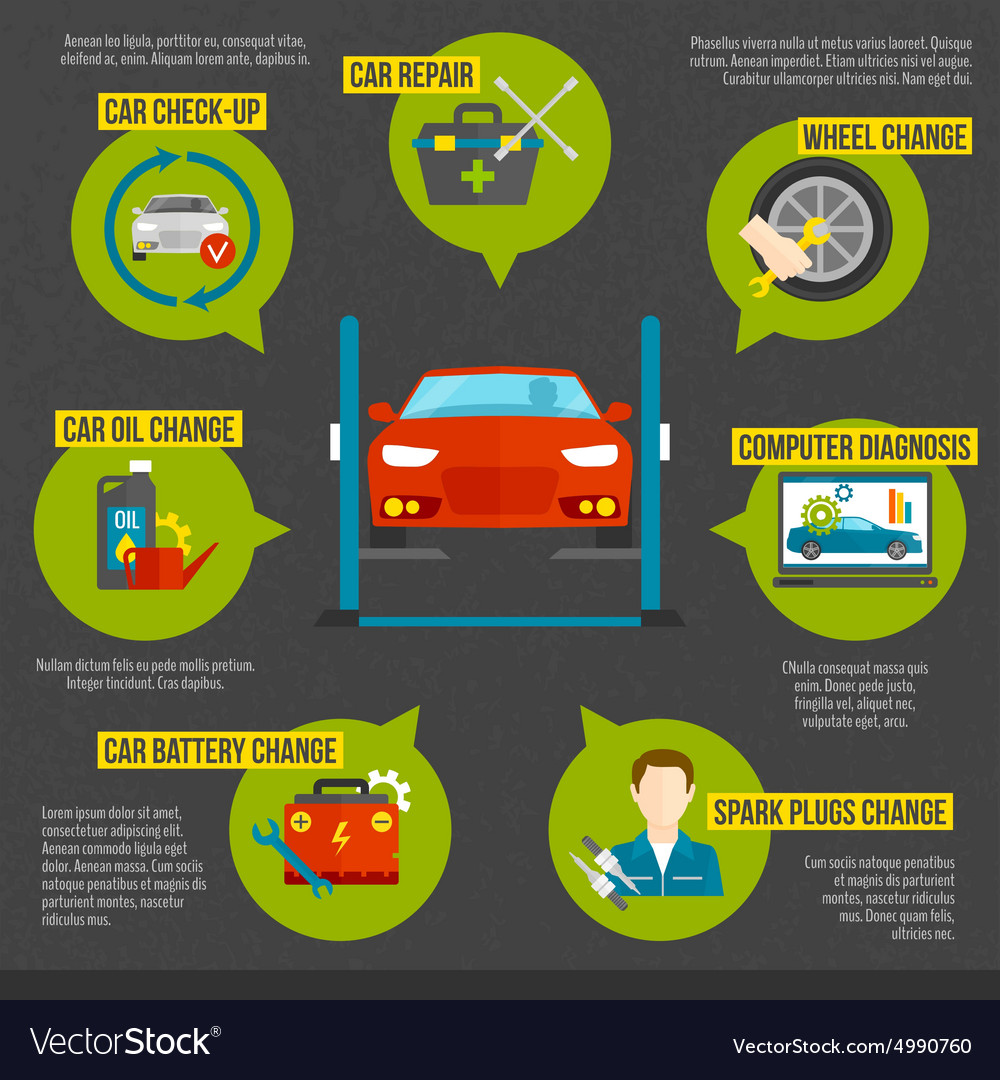Understanding The Meaning Behind Your Car'S Caution Lighting: An Extensive Look
Understanding The Meaning Behind Your Car'S Caution Lighting: An Extensive Look
Blog Article
Web Content Composed By-Sykes Dalgaard
When you're behind the wheel, those glowing warning lights on your control panel can be a bit bewildering. Do you understand what they're attempting to inform you regarding your cars and truck's health? Recognizing the significance of these lights is crucial for your security and the long life of your vehicle. So, the following time among those lights appears, would not you want to decode its message accurately and take the essential steps to resolve it?
Common Warning Lights and Interpretations
Identify usual caution lights in your auto and comprehend their significances to ensure safe driving.
The most regular warning lights include the check engine light, which indicates issues with the engine or discharges system. If this light comes on, it's crucial to have your automobile examined quickly.
The oil stress advising light shows low oil pressure, requiring prompt focus to avoid engine damages.
A flashing battery light could recommend a faulty billing system, possibly leaving you stranded if not dealt with.
The tire stress monitoring system (TPMS) light signals you to low tire pressure, affecting automobile security and gas performance. Disregarding this can result in unsafe driving conditions.
The abdominal light suggests a problem with the anti-lock stopping system, jeopardizing your ability to quit quickly in emergencies.
Finally, the coolant temperature level warning light warns of engine overheating, which can cause severe damages otherwise settled swiftly.
Understanding these common warning lights will aid you address issues without delay and keep secure driving conditions.
Value of Prompt Focus
Comprehending the usual warning lights in your car is only the first step; the relevance of quickly attending to these cautions can't be highlighted sufficient to guarantee your safety when driving.
When a warning light illuminates on your control panel, it's your car's way of communicating a possible issue that needs interest. Ignoring these cautions can cause a lot more severe issues in the future, endangering your safety and security and potentially costing you more in repairs.
https://www.kbb.com/car-news/car-repairs-stretching-for-weeks-thanks-to-supply-problems/ to alerting lights can protect against failures and accidents. As an example, a blinking check engine light might suggest a misfire that, if left neglected, can create damage to the catalytic converter. Resolving this quickly can save you from an expensive repair work.
Similarly, a brake system cautioning light might indicate reduced brake fluid or worn brake pads, vital parts for your security when driving.
DIY Troubleshooting Tips
If you notice a warning light on your control panel, there are a few do it yourself fixing suggestions you can try prior to seeking expert aid.
The first step is to consult your auto's guidebook to understand what the specific caution light shows. Often the concern can be as basic as a loose gas cap causing the check engine light. Tightening up the gas cap may fix the issue.
One more common concern is a reduced battery, which can activate different warning lights. Inspecting https://brake-repair-near-me51739.creacionblog.com/31992354/just-how-can-mobile-auto-outlining-change-your-car-care-experience-while-guaranteeing-high-quality-discover-the-key-elements-to-think-about-prior-to-selecting-a-detailer for corrosion and guaranteeing they're secure may deal with the trouble.
If a warning light continues, you can try resetting it by detaching the vehicle's battery for a few minutes and after that reconnecting it. Furthermore, examining your car's fluid levels, such as oil, coolant, and brake fluid, can help troubleshoot alerting lights associated with these systems.
Verdict
In conclusion, recognizing your car's warning lights is crucial for keeping your vehicle running smoothly and securely. By quickly addressing these alerts and recognizing what they mean, you can stay clear of pricey repair work and prospective break downs.
Remember to consult your vehicle's guidebook for specific information on each advising light and act as necessary to make sure a hassle-free driving experience.
Remain notified, stay safe when traveling!
